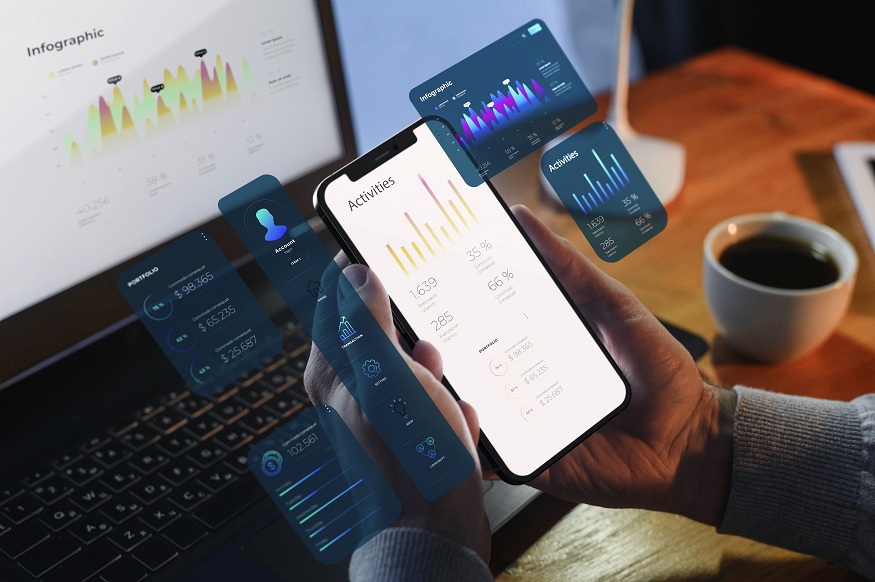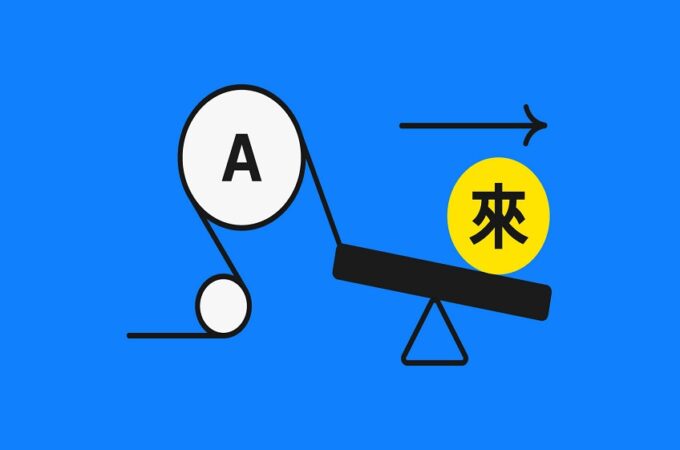
The Shift from Banks to Apps: What It Means for Today’s Borrowers
In the bustling streets of Bangalore, you might spot a chaiwala nodding approvingly at his smartphone. He is not merely catching up with the latest cricket scores but potentially managing his financial future. As we evolve in the digital age, the landscape of borrowing money is shifting dramatically. The transition from traditional banks to loan apps is not just a fleeting trend; it is a seismic change that holds significant implications for today’s borrowers.
The Dawn of Digital Lending
The Traditional Bank: A Time-Honoured Institution
For decades, going to a bank for a loan was as routine as heading to the market for fresh fruits. The process was systematic, yet cumbersome, involving lengthy paperwork, multiple visits, and often, endless waiting periods. Traditional banks, with their imposing facades and formal environments, offered a sense of security. But, in an age where convenience reigns supreme, these processes often felt archaic.
Enter the Loan App: A New Era of Borrowing
With the proliferation of smartphones and internet access across India, loan apps have emerged as a game-changer. These apps promise quick, hassle-free access to funds, promoting themselves as flexible and user-friendly alternatives to traditional banks. According to a report by NASSCOM, digital lending in India is expected to reach $350 billion by 2023, illustrating a substantial shift in borrowing behaviour.
How Loan Apps Are Redefining Borrowing
Convenience and Accessibility
One cannot overstate the convenience that loan apps offer. Imagine needing funds during an emergency. Instead of navigating through bank procedures, opening a loan app can provide access to funds within minutes. Loan apps utilise technology to eliminate the barriers of location and time, ensuring that users can apply for loans from anywhere, at any time.
Speed and Efficiency
Loan apps have harnessed technology to ensure that the borrowing process is swift. With algorithms analysing creditworthiness within seconds, users are spared the agonising wait times synonymous with traditional banking. This speed is not just a luxury; it’s a necessity in today’s fast-paced world.
Personalisation
Traditional banks often adopt a one-size-fits-all approach to lending. In contrast, loan apps use data analytics to personalise loan offerings. By scrutinising a user’s financial behaviour and credit history, apps tailor loans that better suit individual needs, often resulting in more favourable interest rates and terms.
Challenges and Concerns
Security and Privacy
With the rise of loan apps comes the formidable challenge of ensuring data security. Borrowers must be vigilant about the apps they choose, ensuring they comply with the necessary security standards. Reputable loan apps are typically compliant with RBI regulations and use encryption to protect user data.
The Risk of Over-Borrowing
The ease of access that loan apps provide also comes with a risk: over-borrowing. Without the stringent checks of traditional banking, there’s a temptation to borrow more than what one can realistically repay. It is imperative for users to exercise caution and maintain financial discipline.
Regulatory Oversight
While the RBI has made strides in regulating digital lending platforms, there is a need for comprehensive oversight to protect consumers. Borrowers should ensure that they are engaging with legitimate apps by checking for RBI compliance and reading reviews.
Real-World Implications
Empowerment of the Underbanked
Loan apps are empowering individuals who were previously sidelined by traditional banks. In rural areas where banking infrastructure is limited, digital lending platforms are providing vital access to credit. This democratisation of credit is catalysing small businesses and fuelling economic growth at grassroots levels.
Transformation of Financial Habits
The shift to loan apps is changing how Indians approach borrowing. The accessibility and speed of digital loans are inculcating a culture of timely borrowing and repayment. Moreover, the use of apps is prompting a greater reliance on digital documentation and transactions, slowly moving the nation towards a cashless economy.
The Role of AI and Big Data
Loan apps are pioneers in the adoption of AI and big data, using these technologies to enhance decision-making processes. By assessing risk with unprecedented accuracy, loan apps are reducing the chances of default, allowing them to offer more competitive rates to borrowers. This technological advancement is setting the benchmark for the future of finance.
The Future of Borrowing: A Blend of Tradition and Technology
As we look to the future, it is clear that the coexistence of traditional banks and loan apps will define the borrowing landscape. Banks are beginning to adapt by digitising their services and embracing technological advancements, while loan apps continue to refine and expand their offerings.
Building Trust
For loan apps to continue gaining traction, they must foster trust among users. This involves not only securing data but also providing excellent customer service. Transparency in terms and conditions, as well as proactive communication, will be vital in building this trust.
Innovation as a Driver
Innovation will continue to drive the evolution of lending. The integration of blockchain technology, biometric verifications, and AI-driven insights promises to make the borrowing process even more seamless, secure, and personalised.
Bridging the Digital Divide
While urban areas are seeing rapid adoption of loan apps, there is a need to bridge the digital divide in rural India. Efforts must be made to improve internet connectivity and digital literacy, ensuring that the benefits of loan apps are accessible to all.
Conclusion: Embracing the Change
The transition from banks to loan apps represents a transformative shift in the borrowing landscape of India. As borrowers, we are in an era where the power of choice has never been greater. The challenge lies in treading this new territory wisely, embracing the conveniences while remaining cognisant of the challenges.
Digital lending, with its inherent benefits and hurdles, is reshaping not just how we borrow, but how we view credit and financial management as a whole. As this sector continues to grow, borrowers are encouraged to stay informed, choose wisely, and most importantly, borrow responsibly.





